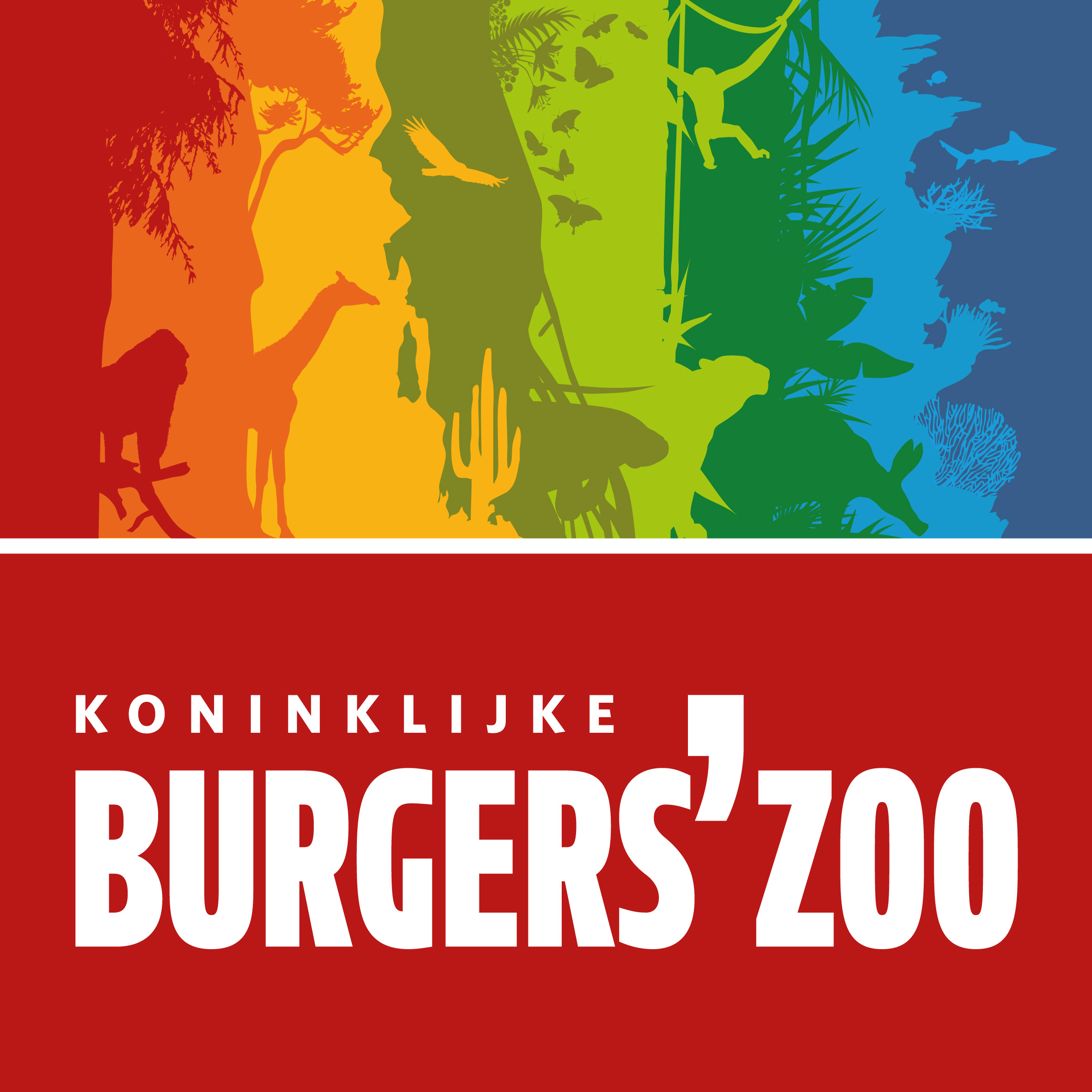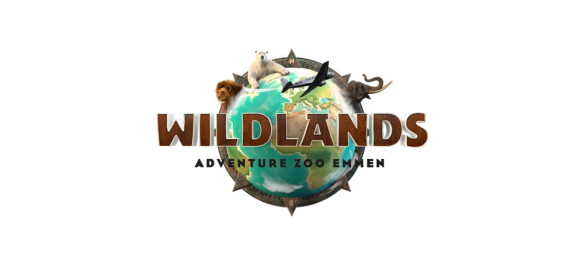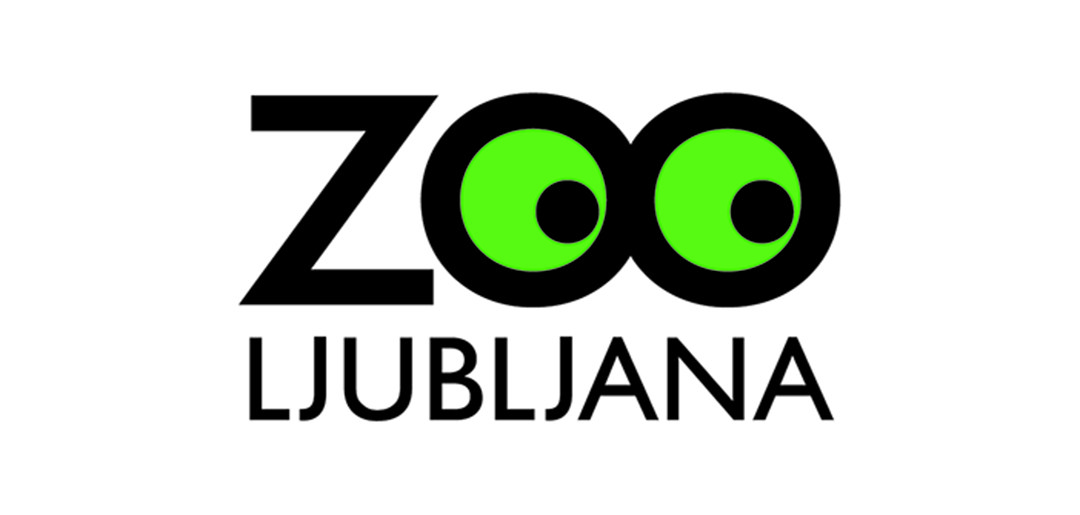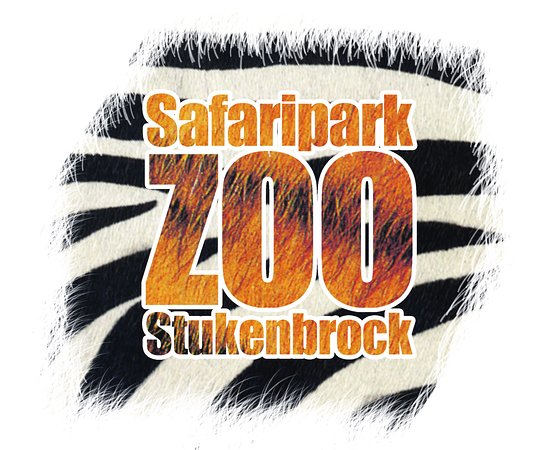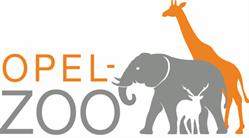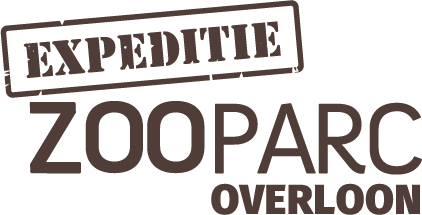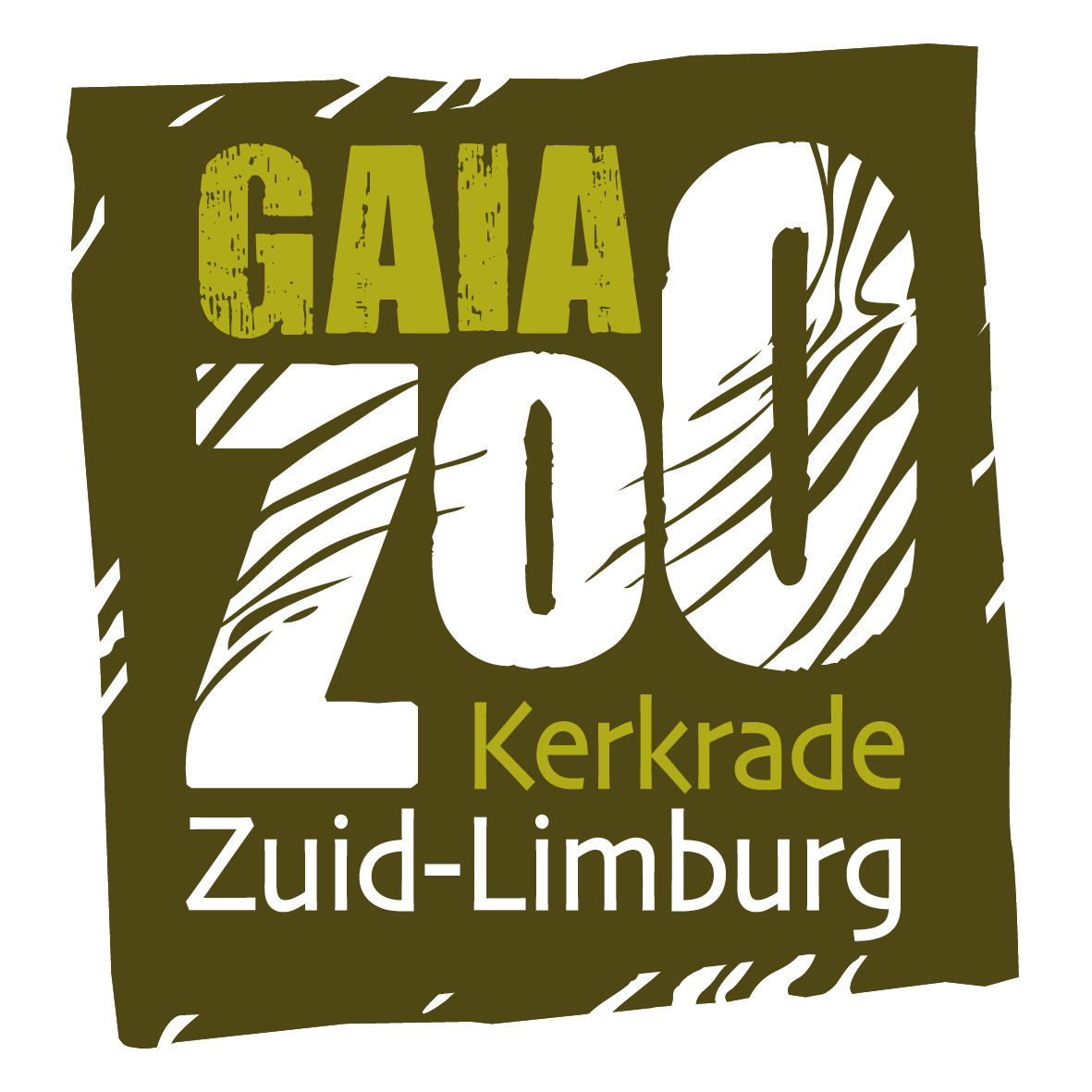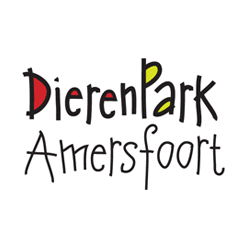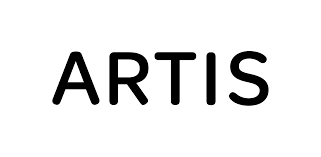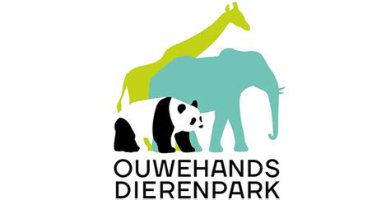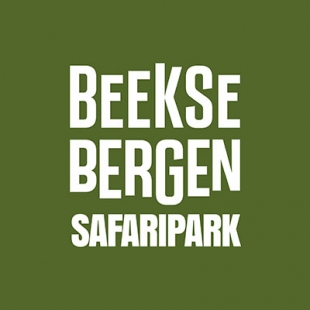Thank you
Thank you; your message has been sent. We’ll get back to you soon.

Kiezebrink is the official exclusive European importer of the South African game feed ‘Boskos’. Literally translated Boskos means ‘feed from the bush’. The use of natural fibre sources of the African savannah and the special production process makes the products of Boskos unique.
Zookeepers have found that herbivores in captivity instinctively appear to recognise Boskos for what is, a foodstuff that is natural to them. Boskos is used in zoos, national parks and game reserves around the world.
Southern Africa has a rich diversity of wildlife. On the savannas hers of herbivores are grazing and browsing. A lot of these herbivore species like giraffes, zebras and many others are kept in zoos all over the world. When formulating a diet for captive animals you always want to stay close to the natural diet. That is why we developed an African feed for African animals.
Due to intensive grazing by cattle, large areas of the savannah ecosystems in Southern Africa have been disturbed. Grasses are over-grazed, and seeds of woody plant species such as Acacia-species and Sickle bush become established. Subsequently, grasses struggle to recover, and cannot compete with these trees for water and nutrients. This results in open savannahs changing into bush encroached areas with bare top soils which are susceptible to soil erosion. Bush encroachment is a huge problem in many wildlife ranches in Southern Africa.
Boskos - Wes Enterprises from Kiezebrink on Vimeo.
The leaves, branches and seeds of these bushes compose the natural diet of many savannah animals. With this in mind an idea arose in a South African company. They remove the surplus bushes and trees from the wildlife ranches and shred into a fine substrate. The substrate together with ingredients such as alfalfa, maize and a premix, is processed into a pellet, which is called Boskos Browser. We see this as a win-win situation, the balance of the savannah is restored and the bushes form a high quality ingredient. This product has been used to feed African herbivores in zoos successfully for decades.
Because this feed contains mainly bushes and trees it is highly suitable for browsing herbivores. Of course there are a lot of grazing African species kept in zoos as well. That is why we developed a new product: Boskos Grazer. This product contains three species of African grasses, alfalfa and some acacia.
The added vitamins and minerals to both Boskos variants are especially tailored to the requirements of animals kept in European zoos. With a high vitamin D, E and selenium content and added linseed oil to cover the fatty acid requirements.

Boskos Browser is very suitable for (African) browsing species, for example: Giraffe, Kudu, Okapi, Indian rhino, Muntjak, Sitatunga, Nyala and Black rhino. It contains a high amount (25%) of African browse species (Acacia, Sickle bush), which makes is highly suitable for browsing species. Besides this, linseed is added as a source of omega 3 fatty acids. The vitamins and minerals are adjusted to the requirements of exotic herbivores kept in Europe, with a high amount of vitamin D, E and selenium.

Boskos Grazer is especially made for (African) grazing species, for example: Zebra, Wildebeest, Blesbok, Sable antelope and White rhino. This feed contains a high amount (66%) of African grass species (Eragrostis grass, Smuts finger grass, Blue buffalo grass). The natural ratio of fiber fractions NDF, ADF and ADL supports the digestive system of grazing species. Besides this, it contains linseed as a source of omega 3 fatty acids and a small percentage (10%) African browse species (Acacia, Sickle bush).

BOSKOS BROWSE MULCH is a combination of Acacia and high quality lucerne, produced in South Africa. Acacia is the natural fiber source of many exotic browsers. Therefore this product is an ideal addition to the diet of browsers in your zoo. It contains prebiotics and active fibers, that help maintain and improve animal’s microbes in the gut.
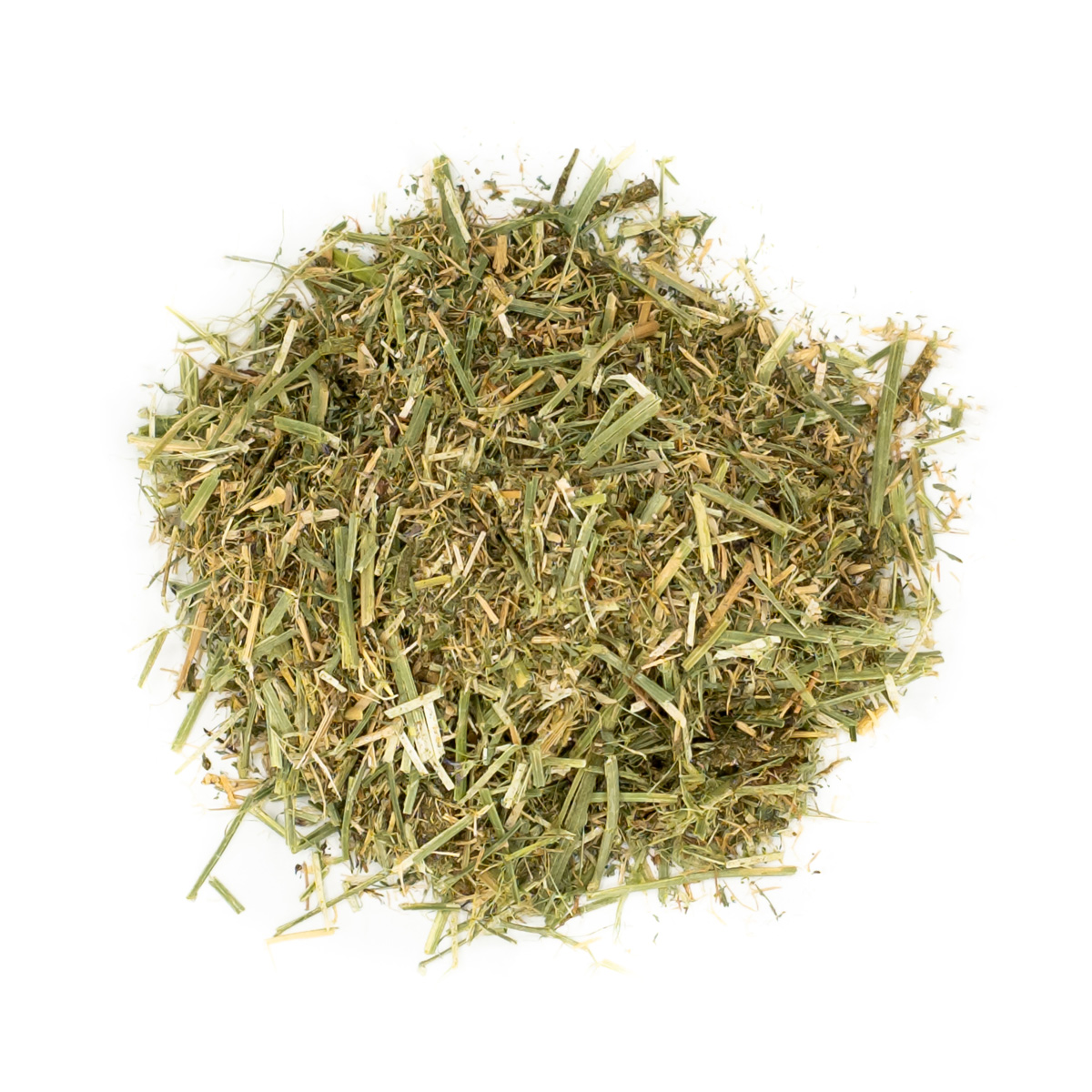

“Since two years we started to add boskos game pellets in our herbivore diets, and our animals thrive on it! As Boskos game pellets very closely resembles their natural diets all animals readily accept it. Rich in nutrients and fibers, it definitely aids in their overall wellbeing. Our animals are battling less with disease and look great! We are looking forward to Boskos Grazer!“
Denyse Bakker
Veterinar at Serengeti Park

Various African animal species take the Boskos chunks very well in our safari park. Certainly our large groups of giraffes do well on a diet that consists largely of Boskos.
Rolf Veenhuizen
Head of animals at Safaripark Beekse Bergen

We’ve been using Boskos since they just started producing it! So definitely more than 6 years ago. We use it for both browsers and grazers (giraffes were the first species, later other browsers, such as impala and lesser kudus. When a variant for grazers was also introduced, we bought it too.
We have chosen Boskos because this company uses original / typical plants from the area where a large part of our animals also come from. After all, you can’t get any closer to natural food: the right fibres, the right raw materials whose color and composition change with the seasons of the year.
In addition to the fact that the acceptance by the animals is always very good, we see other advantages such as good stools. With loose stools it helps to get the intestines back in order and we also feed it when animals deteriorate in body condition score, lose weight or do not gain weight quickly enough after a physically demanding period.
Cora Berndt
Dietitian & Senior Animal Nutrition Department at Wildlands
To guarantee intake of effective long fibre, Boskos needs to be supplemented with a roughage suitable for the particular species. Keep plenty of fresh, clean water available to animals at all times.

To guarantee intake of effective long fibre, Boskos needs to be supplemented with a roughage suitable for the particular species. Keep plenty of fresh, clean water available to animals at all times.

Hay |
Lucerne |
Browse |
|---|---|---|
| Hay is a suitable source of roughage for grazers, it contains a high amount of NDF (cellulose and hemicellulose) and a lower amount of ADL (lignin). | Lucerne is suitable for grazers and browsers. Considering the fiber fractions it can be categorized in between hay and browse. However, when lucerne is contaminated with sand it is not suitable for browsers. | For browsers is browse the most suitable roughage source. The higher ADL content is consistent with the natural diet of these animals. |
 It is not possible for many zoos to feed browse to all their browsers. Especially during the winter the availability of browse is low. There are several ways to store browse during the summer, to form a stock for the winter. Methods used are: freezing, silaging and drying. Because this costs a lot of time and space, it is often not possible to organize this in large quantities in zoos.
It is not possible for many zoos to feed browse to all their browsers. Especially during the winter the availability of browse is low. There are several ways to store browse during the summer, to form a stock for the winter. Methods used are: freezing, silaging and drying. Because this costs a lot of time and space, it is often not possible to organize this in large quantities in zoos.
Boskos mulch is dried and coarsely ground browse. It consists of Acacia and Lucerne. I contains leaves, flowers, seeds and thin branches and due to the course grinding, the fiber structure is maintained. Acacia is a natural part of the diet of many African browsers such as; Giraffes, Kudu’s and Black Rhino. Boskos Mulch is easy to store due to packaging in bags. Acacia has a fiber composition that matches the natural fiber requirements of African browsers. Boskos Mulch is a complementary feed, it should be combined with Boskos to supply the necessary vitamins and minerals.
Acacia Fibre (Vachellia)
Acacia is part of the natural diet of many exotic browsers. The leaves and thin branches of the acacia are harvested and milled. Due to the specialized production site in South Africa, the coarse structure of the acacia fibers remain when pressed into the BOSKOS pellets.
The 100% natural fiber (PREBICEL™) which originates from the Acacia plant extracts contain a high amount of lignin which makes it an excellent source of fiber for browsers. The fiber also contains prebiotics which are active fibers that help maintain & improve the microbes in the animal’s gut.
Hominy chop
Hominy chop is a by-product of the cornmeal industry and is a mixture of the corn kernel bran (“husk”) and the corn germ. Because the starch/endosperm portion of the corn kernel has been removed (this is used to produce cornmeal for human consumption), the starch value is lower than in cornmeal.
Molasses meal
This ingredient is a combination of high quality molasses and the fibrous pith of sugar canes. It is known to be a very suitable ingredient for ruminants, increasing fatty acid production with no negative impact on the rumen PH.
Yellow Maize*
This ingredient is a source of energy, and is rich in carotenoids and β-carotene, which is a source of Vitamin A.
Wheat bran
This is a by-product of wheat flour production. The starch rich endosperm of the grain is removed, what remains are the fiber and protein rich outer skins. This is minced into a meal called wheat bran.
Lucerne hay
Lucerne is a high fiber ingredient, as this is not a grass hay it’s fiber fractions approach the fiber fractions of browse more. Besides fiber lucerne is also a source of protein in the diet.
Soya oil cake*
This is a by-product of the soya oil industry. These are the remains of what is left when the oil is removed/extracted from the soybean flakes. It is naturally high in protein making it a good source of essential amino acids.
Linseed oil
Linseed oil is naturally rich in omega-3 fatty acids as it contains up to 50% ALA (alpha-linolenic acid).
Sunflower Oil cake*
Also called sunflower meal, this is a by-product of the sunflower oil industry. After the sunflower oil is removed, the remains of the sunflower seeds are processed into a meal. This is an ideal source of fiber and high quality protein.

